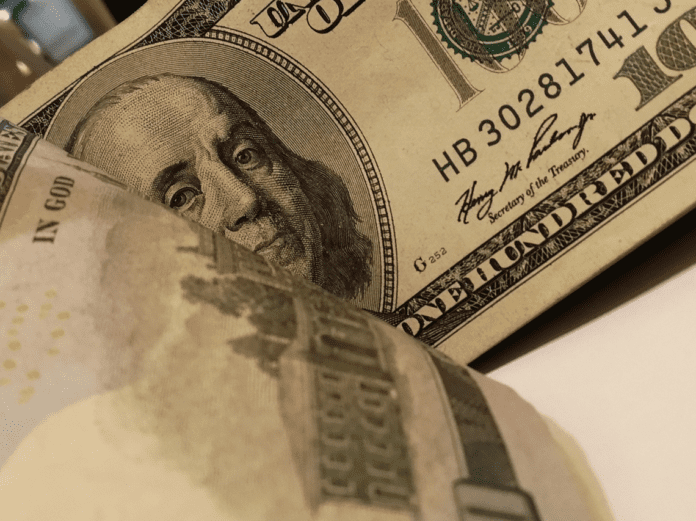Everyone has heard that April showers bring May flowers. The old rhyme may predate the U.S. system of taxes, but it does seem an apt description for the federal income tax refund many anticipate after filing their taxes last month.
Nearly 80% of those who filed taxes receive a tax refund with the average refund around $3,000 according to CNN Money. Savvy people put their tax refund to work in order to help with saving money or buying stocks!
Here are 5 tips for how to get the most bang from a tax refund buck:
Saving money is easier when it’s “out of sight, out of mind.”
It’s really tempting to blow what seems like a sudden “windfall” on special treats or other splurges. Unfortunately, part of saving money involves, well, not spending it.
People can help themselves save at least some of the money they actually earned, had taken and returned to them in the form of taxes, by having the IRS direct-deposit their tax refund into their savings account. Use IRS Form 8888 to designate up to three different accounts into which the IRS will deposit the tax return.
“By splitting your refund,” the IRS explains, “you get the convenience of directing some of your refund to your checking account for immediate needs and sending some to savings for future use.”
If an investor know which stocks to invest in, here’s their chance.
A tax refund is a rare opportunity to pursue one’s ideal stocks to invest in.
An easy way to get started buying stocks is with Stash, a popular micro-investing app which lets people start investing with only $5.
An investor can set the app to automatically invest a designated sum of money from their bank account, but they can also use their tax refund to actualize stocks to watch into real investments.
After one free, trial month, Stash charges a $1 monthly fee for balances under $5,000 but if they sign up through this link, they’ll get a $5 bonus when they make their first investment to maximize saving money.
Real estate investing can lead to saving money over time.
Although investing in real estate seems a lot more complicated and expensive than buying stocks, now people can get started with a minimum investment of only $500 which their tax refund may cover.
The Fundrise Starter Portfolio will split one’s money into two portfolios that buy private real estate all over the U.S.. Investors can see exactly which properties are included in their portfolios with Fundrise listing an average annualized return of 11.44% in 2017. Investors pay 1% total in annual fees comprised of a 0.85% asset-management fee and a 0.15% investment advisory fee.
Investors can profit through quarterly dividend payments and potential appreciation in the value of their shares, just as with buying stocks. Cash flow is generated by interest payments and property income, aka rent.
Put the tax refund toward saving money for retirement.
Unfortunately, one can’t have their tax refund deposited directly into their 401(k) account, as mentioned in the first tip, but one can have the IRS deposit the money from their taxes into an IRA, aka, an individual retirement account which bypasses the need of an employer like a 401(k). Best of all, they won’t pay taxes on any money they contribute to a traditional IRA.
Additionally, if a person is not already maxing out their 401(k) plan, they can use the tax refund to bump up their contributions by at least 1% so that they can maximize saving money for retirement.
Blooom, an SEC-registered investment advisory firm, will optimize and monitor a 401(k) if its complicated structure has interfered with saving money.
The platform provides an initial 401(k) checkup for free, then costs $10 a month to continue to monitor an account. Blooom can help with saving money by investing more and less aggressively depending on an investor’s preferred age of retirement.
Use the tax refund on rent or mortgage payments.
Unless a person has been living under a diamond encrusted rock, they know that housing in the U.S. is becoming increasingly expensive with low-income and “middle-income families… also getting squeezed,” the most, according to the Brookings Institution. It doesn’t take a degree in economics to realize there is a direct correlation between percent of household income spent on rent/housing and how that impacts saving money.
If it’s sizable enough, use one can use their tax refund for this month’s housing bill to help feel a bit of wiggle room.












